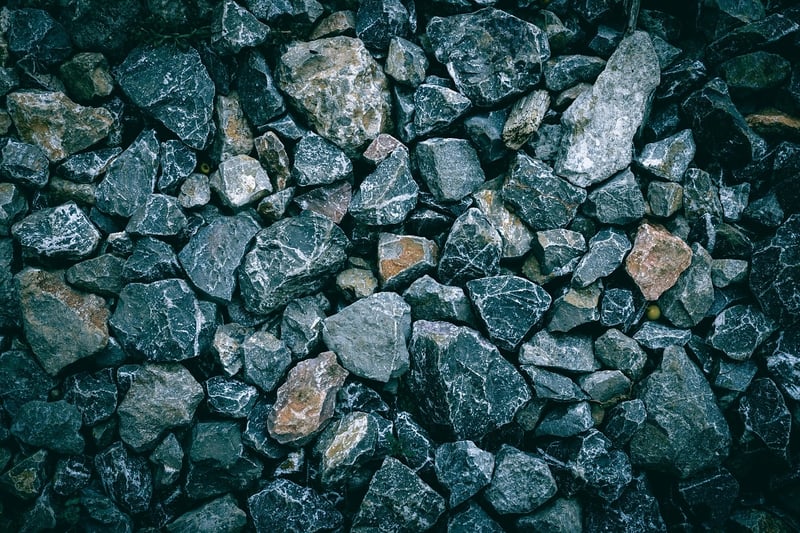Texture Variation
Creating Visually Appealing Landscapes with Texture Variation
When it comes to designing landscapes, incorporating texture variation can significantly enhance the visual appeal of outdoor spaces. Whether you're working on a small garden or a vast backyard, understanding how to play with different textures can transform your landscape into a stunning masterpiece.
Why Texture Variation Matters
Texture is an essential element in landscape design as it adds depth, interest, and dimension to your outdoor environment. By combining various textures, you can create contrast, balance, and focal points that draw the eye and create a harmonious visual experience.
Types of Texture
There are several types of textures you can incorporate into your landscape:
- Soft textures: These include plants with delicate leaves or fine foliage.
- Coarse textures: Plants with thick, rough foliage fall into this category.
- Smooth textures: Hardscape elements like rocks, pebbles, or concrete surfaces provide a smooth texture.
- Rough textures: Incorporating materials like bark mulch or rugged stones adds a rough texture to your landscape.
Creating Texture Variation
Here are some tips to help you incorporate texture variation into your landscape:
- Mix and match plants with different leaf textures to create a dynamic plant palette.
- Combine hardscape elements like gravel pathways or wooden decks with soft plantings for contrast.
- Use a variety of ground covers to add textural interest to open spaces.
- Integrate water features like ponds or fountains to introduce a reflective and smooth texture.
Enhancing Your Landscape with Texture
By paying attention to texture variation, you can elevate the aesthetics of your landscape design. Experiment with different combinations of textures to find what works best for your outdoor space and create a visually stunning environment that is both inviting and engaging.

Image source: Pixabay
